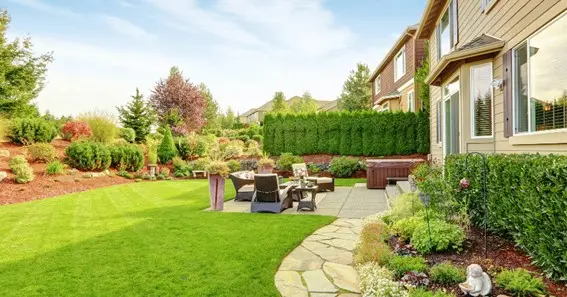Dallas, with its diverse topography and ever-evolving urban landscape, serves as an intriguing canvas for the practice of landscape architecture. This dynamic Texan city, known for its blend of modern skyscrapers and lush green parks, provides a unique setting where landscape architects can showcase their creativity. This article delves into the various stages of landscape architecture, exploring how ideas are brought to life in this city’s vibrant and ever-changing backdrop. Whether envisioning a tranquil residential oasis or a public space fostering community engagement, seeking professional guidance from a landscape architect dallas can be a paramount step in turning your vision into reality step by step.
Conceptualization:
The journey of landscape architecture begins with an idea – a vision for what an outdoor space could become. These architects work closely with clients to comprehend their goals and preferences. This initial brainstorming phase is crucial, as it sets the foundation for the entire project. During this stage, key considerations such as the site’s natural features, climate, and intended use are considered.
Also Read N: What Is The Dumbest Bird? Understanding Bird Intelligence
Site Analysis:
Once the concept is defined, a thorough site analysis follows. This involves thoroughly examining the land’s topography, soil conditions, vegetation, and structures. Site analysis helps identify opportunities and constraints that may impact the design. The goal is to maximize the site’s potential while preserving its natural beauty.
Also Read P: What Is Indemnity Insurance When Buying A House: A Simple Guide
Design Development:
With a clear understanding of the site, the architects move on to the design development phase. Here, they start sketching and conceptualizing the layout. Various elements, including pathways, greenery, water features, and hardscapes, are carefully integrated into the design. Sustainability is also a priority, with an emphasis on selecting native plants and eco-friendly materials.
Planning and Permits:
They must navigate the regulatory process before any construction can begin. This often involves obtaining permits and approvals from local authorities. Ensuring compliance with zoning laws, environmental regulations, and building codes is essential to avoid legal complications.
Construction Documentation:
Once all permits are secured, these professionals create detailed construction documents. These documents serve as the blueprint for the project and include specifications for materials, dimensions, and installation methods. They are essential for ensuring that the vision is executed accurately during construction.
Bidding and Contractor Selection:
With construction documents in hand, the next step is to solicit contractor bids. These architects assist clients in evaluating bids and selecting a qualified contractor. Collaboration between the architect and the chosen contractor ensures the project stays on track and meets the client’s expectations.
Construction:
The construction phase is where the landscape architecture truly comes to life. Skilled artisans and laborers bring the design to reality, carefully following the construction documents. These professional architects oversee the project, ensuring every detail is executed according to the plan. This phase can vary in duration, depending on the project’s complexity and size.
Project Management:
Throughout the construction process, project management is essential to keep the project on schedule and within budget. These architects monitor progress, address any unexpected issues, and coordinate with the client and contractor to make necessary adjustments. Effective project management is essential to a successful outcome.
Planting and Installation:
As the landscape elements take shape, it’s time to introduce greenery. Native plants, shrubs, and trees are carefully selected and planted to enhance the site’s beauty and ecological value. Proper installation techniques are necessary to ensure the long-term health and vitality of the landscape.
Quality Assurance:
Before declaring the project complete, the architect conducts a thorough inspection to ensure every design aspect is realized. This includes checking for any defects or issues that may need attention. Client satisfaction is the ultimate goal, and any necessary adjustments are made.
Conclusion:
From concept to reality, landscape architecture is a dynamic journey that requires skill, creativity, and attention to detail. A landscape architect in Dallas plays a vital role in shaping our outdoor spaces, combining aesthetics and functionality while respecting the natural environment. Whether it’s a public park, a private residence, or a commercial development, landscape architecture transforms visions into vibrant, sustainable, and inviting landscapes that enrich our lives.






